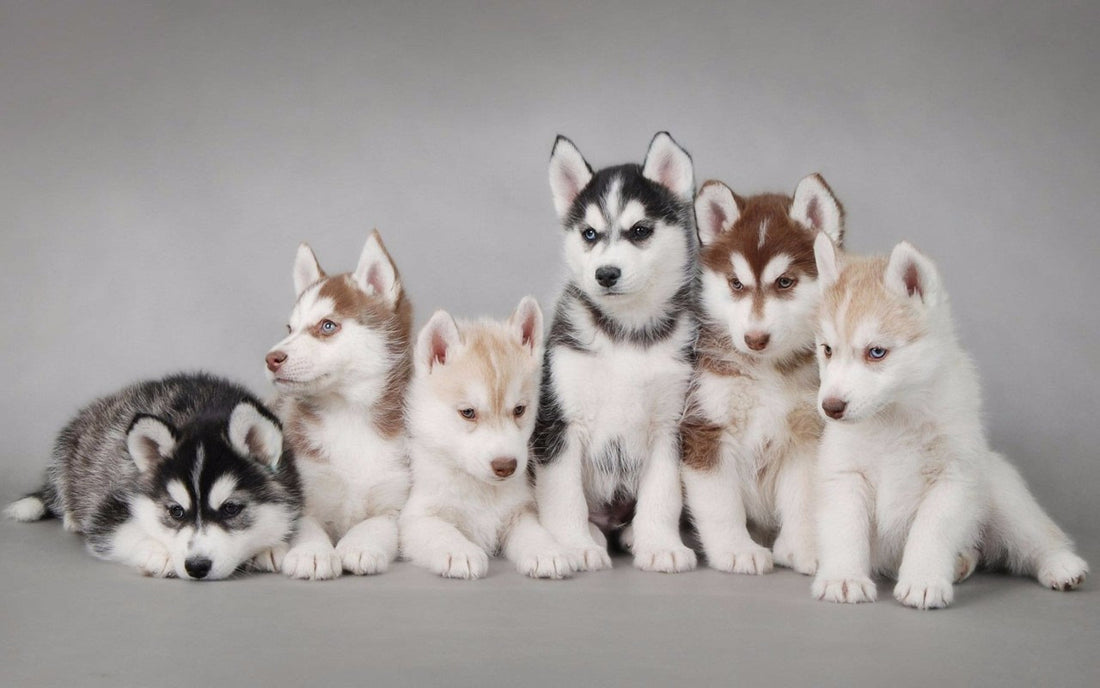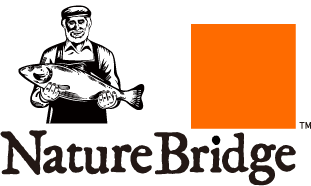
How to Take Care of Your Dog’s Coat
Share
How to Take Care of Your Dog’s Coat
Taking care of your dog’s coat is an important task, but it doesn’t have to be a tedious one or require professional care at all times. In this article, we outline everything you need to know about your dog’s coat and how to groom them at home like a pro!

Dogs are typically not clean freaks like cats. While a cat would often lick their coat to maintain cleanliness, a dog would most likely only stick out its tongue to breathe or lick you. Instead, your dog probably cares more about rolling in the dirt for kicks and cares nothing about appearing neat and tidy. Therefore, you must take care of your dog frequently to help them achieve healthy and beautiful fur.
Previously, most people would choose to take their dogs to the pet store for grooming because it is admittedly convenient and professional. Still, as the UK enters another national lockdown, many parents have to stay at home for long periods. Furthermore, grooming your pets at home is cheaper and counts as bonding time with your special friend. Just make sure to do it right!
However, this commonly raises essential questions like:
- How should I groom my dog at home?
- Is this not going to hurt them?
Well, there is no one-size-fits-all way to groom all dogs. Each dog has a different grooming method depending on its size and breed, so you first need to figure out what type of dog you have:
- Double coated dog
- Silk-coated dog
- Curly coated dog
- Wire coat dog
- Hairless Dog
You can Get to know about this product, a beauty specialty product with herbal essence链接
How to Groom Your Dog Based On Their Hair Type
1. Double Coated Dog
A dog with a double coat has two layers of hair; the underlying coat is a fine fleece while the outermost layer is longer, coarse. This outer layer mainly plays a protective role, while the bottom layer is typically made up of a lot of hair and is soft and delicate. Therefore, dogs with this coat can withstand different weather conditions and can be further classified into two main categories:
- No-trim Type: this category refers to the double coat that is naturally neat. The most prominent characteristic of dogs with this coat is that they do not shed. Their coats are naturally neater and don’t require deliberate trimming or frequent grooming. All that they frequently need is combing out the shed lower layer of hair. Examples include German Shepherd, Scottish Shepherd, Samoyed, St. Bernard, and Tervuren Shepherd. If you like long-haired dogs but don’t want to take the time and effort to groom them, you can choose a double-coated dog in this category.
- Trim Type: this second category includes double-coated dogs that need to be trimmed. These breeds have a long upper coat, which is the same as what we usually call a long-haired dog.
- Their long, beautiful outermost coats should theoretically not be trimmed (especially when competing in dog beauty pageants). But in reality, their lustrous coats grow pretty fast, so they need frequent trimming and grooming to maintain their shiny and clean appearance.
- Examples include the Lhasa Apso, Shih Tzu, and Old English Sheepdog. If you need to keep the coat of these double-coated dogs shiny, you should not be lazy in combing and brushing them every day. The brush for combing should be a special needle comb for dogs that will not break their hair quickly.
- If you think you are not professional enough to trim the hair on your dog’s face, it is best to tie the hair on your dog’s face to their head to prevent the hair from getting into their eyes. Otherwise, it can irritate their eyes and lead to infections.
2. Silky-Coated Dogs
Next are silky-coated dogs, like the Afghan Hound, Lhasa Apso, Cavalier King Charles Spaniel, Tibetan Terrier, Yorkshire Terrier, etc. This hair’s main characteristic is not its length but its texture; the beautiful, soft, and satiny coat is the most excellent reason silky-coated dogs are popular.
If your dog has such a coat, make sure to brush their fur daily to keep them neat and shiny. Any stains you may observe should be gently cleaned with a moist towel. You can sprinkle some lubricating powder on them to loosen the coats before wiping and brushing. As for the frequency of bathing, in addition to bathing every other month in summer, they need to be washed once every 2-3 months in winter.
In addition, the hair on the ears of the Silkies should not be allowed to grow too long. Otherwise, it will affect the overall appearance of the Silkies. Similarly, the hair around the toes of the Silkies should be trimmed and combed every once in a while. Some breeds with this type of hair need a lot of trimming, while others require a little trimming; it all depends on the growth rate of your dog’s coat.
3. Curly-Coated Dogs
Dogs with curly or woolly coats usually look cute and are therefore sought after by many people. However, they are prone to look disorganized because their coats do not have a fixed growth direction. This can become complicated when the curly fur becomes tangled together, so you must brush them frequently to remove the tangles as quickly as they happen.
Expert groomers recommend that you first use an anti-tangle comb such as a stiff rubber rake comb for general grooming, and then follow with a soft, smooth brush after almost combing through the tangles so that the coat will look healthy and shiny.
Curly-haired dog breeds include the Poodle, Bichon Frise, Chenery, Great Vendée Hound, Nivene Long Curly Hound, Dandie Dinmont Terrier, Curly Retriever, Portuguese Water Spaniel, etc.
4. Bristle Type
The bristle type is so named because of its stiff coat, and some dogs that have this coat type are the Fox Terrier, Dachshund, Jack Russell, and Scottish Terrier. Thanks to their unique coat, these dogs can withstand harsh environments and climates.
However, their coats are not very easy to groom, so make sure to groom them once or twice a week. They will enjoy the activity, especially when it’s with a stiff brush, but be careful not to groom them too hard, especially if their hair is tangled, and to remove them carefully and patiently.
The combing method doesn’t require particular expertise. All you have to do is make sure that it’s in the direction of hair growth, and when combing the face, pay attention to the movement of the head to comb, especially the hair around the mouth. Also, ensure that you fix the dog’s mouth to prevent them from moving around and causing scratching during brushing.
Of course, this fur still has many benefits, like how the hair will not quickly shed a lot, and once organized, remains neat for a long time.
Hairless Dogs
A hairless dog is entirely bare; they have no hair on their bodies, heads, ears, paws, and tails. Although they don’t require much effort in grooming, hairless makes them very sensitive to harsh weather conditions. So, you need to keep them covered in clothes, pay special attention to skin hygiene, and ensure that they use sunscreen when they go out in the summer.
The most famous of the hairless dogs are the Mexican Hairless Dog and the Chinese Crested and Peruvian Hairless Dogs.
Conclusion
Regardless of what kind of coat your dog has, you need to pay special attention to caring for their fur. Just ensure that you customize the way and frequency of care according to your dog’s breed and size characteristics. Then, you can always look forward to your dogs having a soft and shiny coat!
